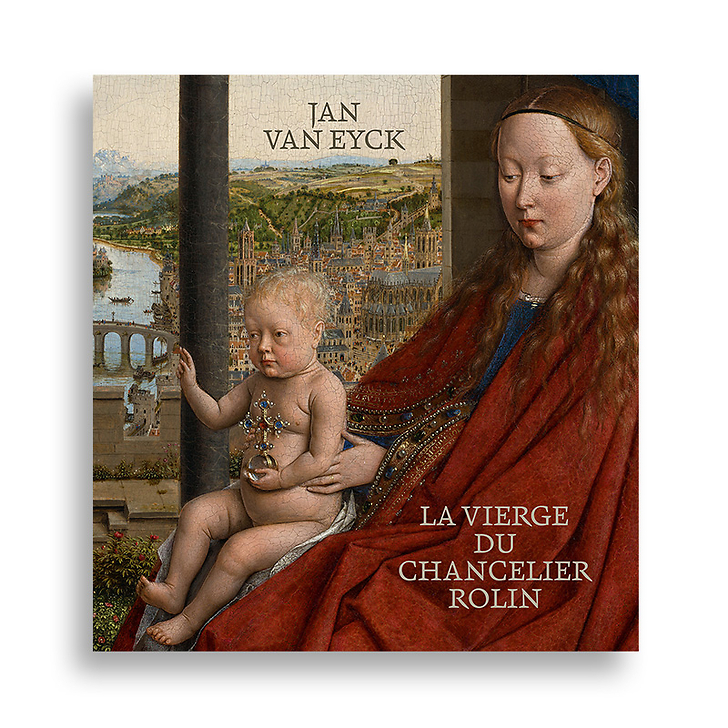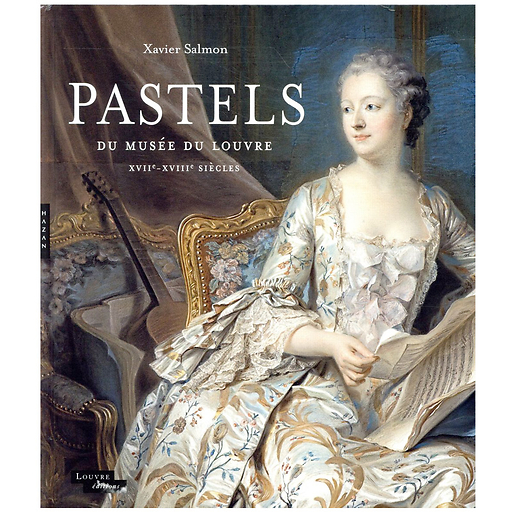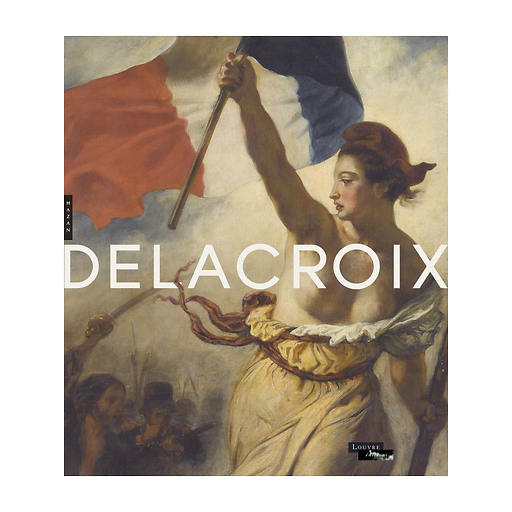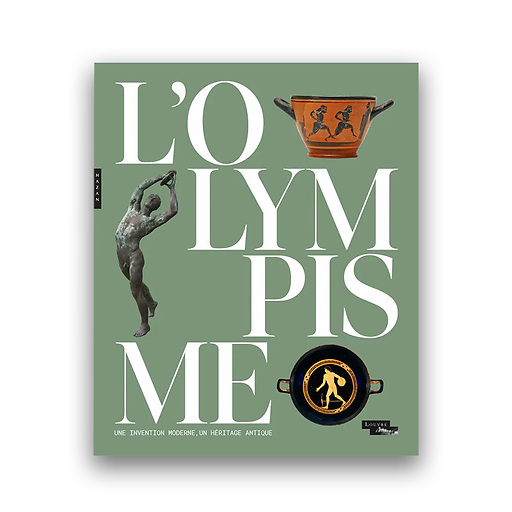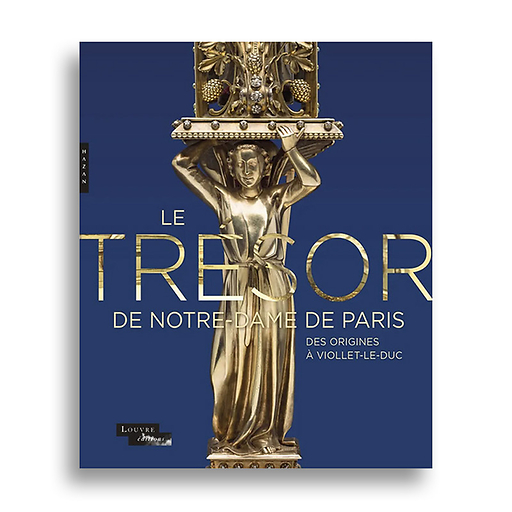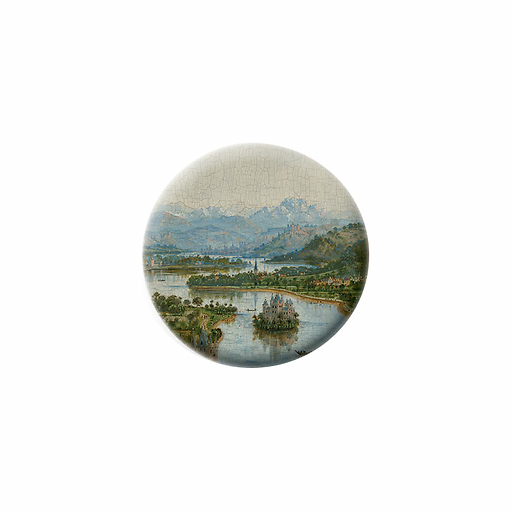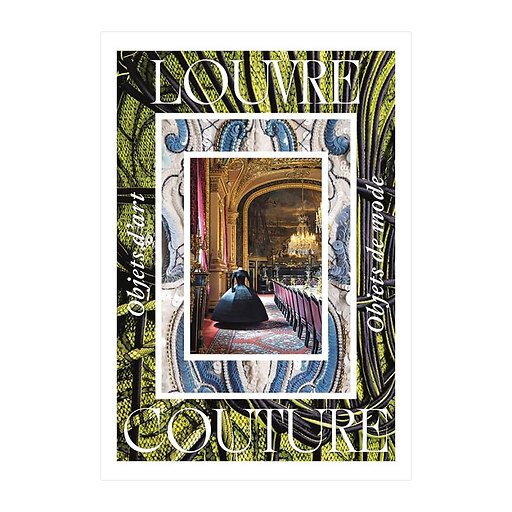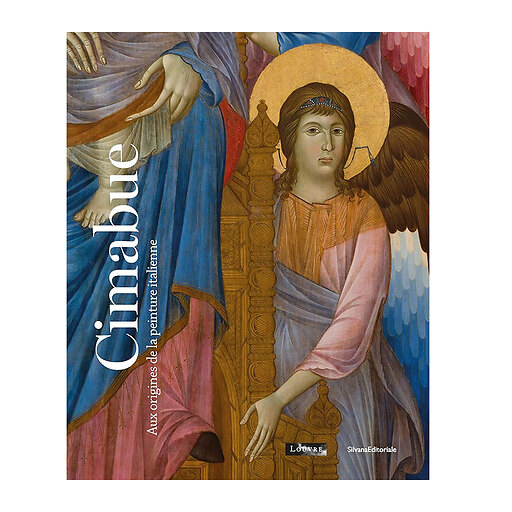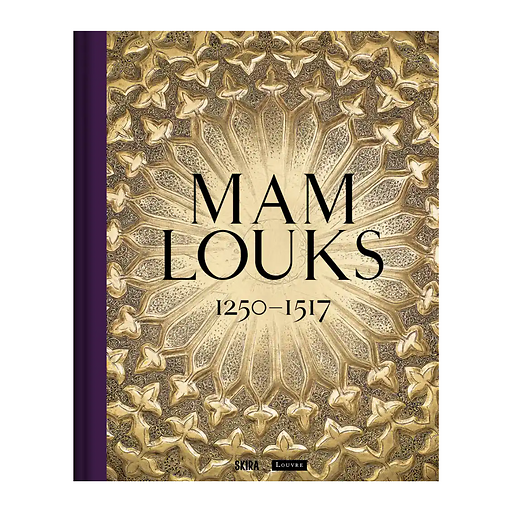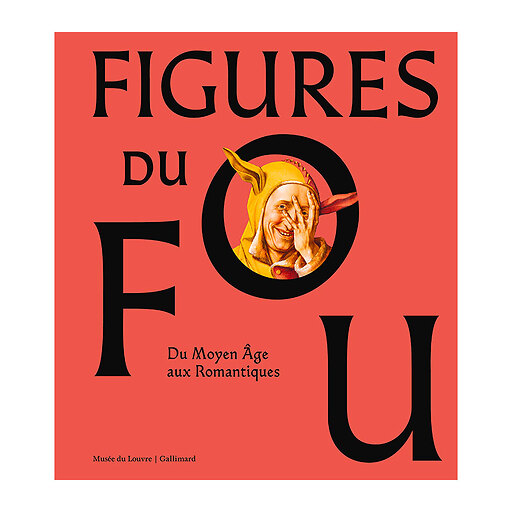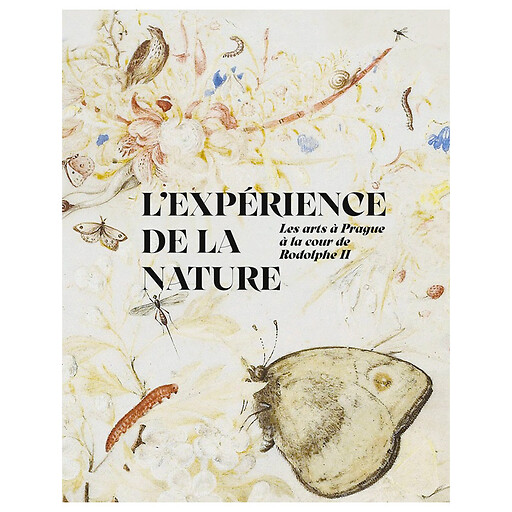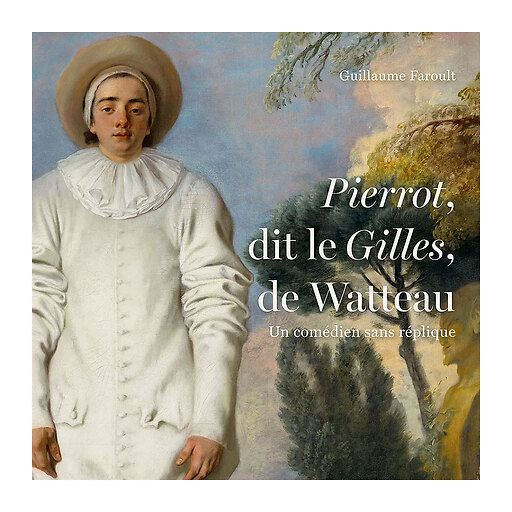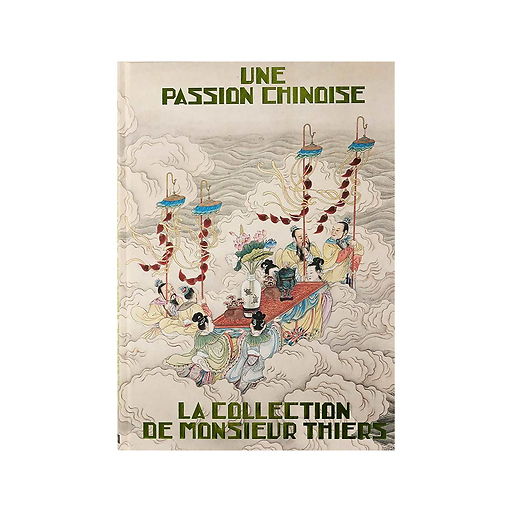Exhibition catalogue Jan Van Eyck. La Vierge du chancelier Rolin
MX026494
Entering the Louvre's collections in 1800, The Madonna of Chancellor Rolin, painted by Jan Van Eyck around 1435, has just been restored. It is a major event to which the Louvre wanted to dedicate an exhibition and a book in order to involve the public. It is, in fact, a unique opportunity to rediscover...
Read more
Entering the Louvre's collections in 1800, The Madonna of Chancellor Rolin, painted by Jan Van Eyck around 1435, has just been restored. It is a major event to which the Louvre wanted to dedicate an exhibition and a book in order to involve the public. It is, in fact, a unique opportunity to rediscover a multifaceted masterpiece, raising countless questions: for what use or purposes did Van Eyck conceive this singular work, for Nicolas Rolin, chancellor of the Duke of Burgundy, Philip le Bon? Why did he paint a landscape in the background that is so miniaturized that it is - almost - invisible? What dialogue does the work have with both the art of illumination and sculpted funerary bas-reliefs? Can we find out how fifteenth-century artists understood this work?
The Madonna Rolin condenses the tensions that ran through Flemish art in the first third of the fifteenth century, between medieval tradition and revolutionary experimentation. Comparisons with other paintings by Van Eyck, but also by Van der Weyden, Robert Campin and the great illuminators of the time highlight both its singularity and its place in its time.
Alongside the many spectacular details of the altarpiece, some sixty painted panels, manuscripts, drawings, sculpted bas-reliefs and ornate objects are brought together here to make us (re)discover this masterpiece.
Exhibition at the musée du Louvre from 20 March to 17 June 2024.
French
240 pages / 160 illustrations
Co-publishing Lienart éditions / Louvre éditions
Close
Sold by GrandPalaisRmn

